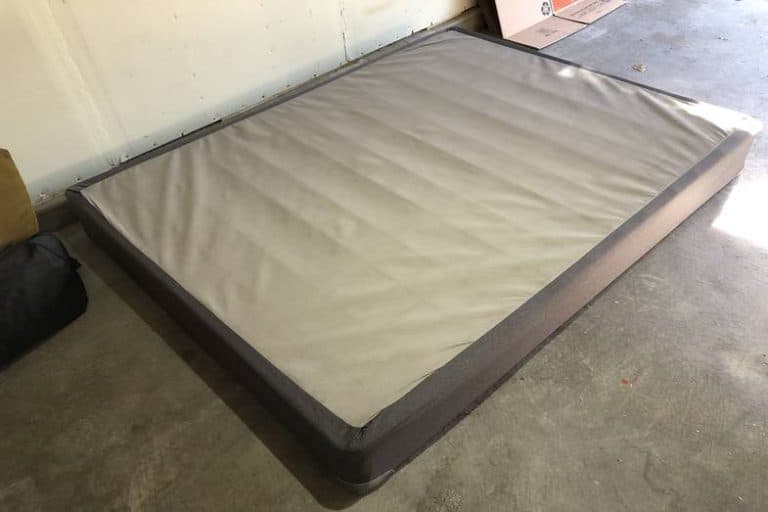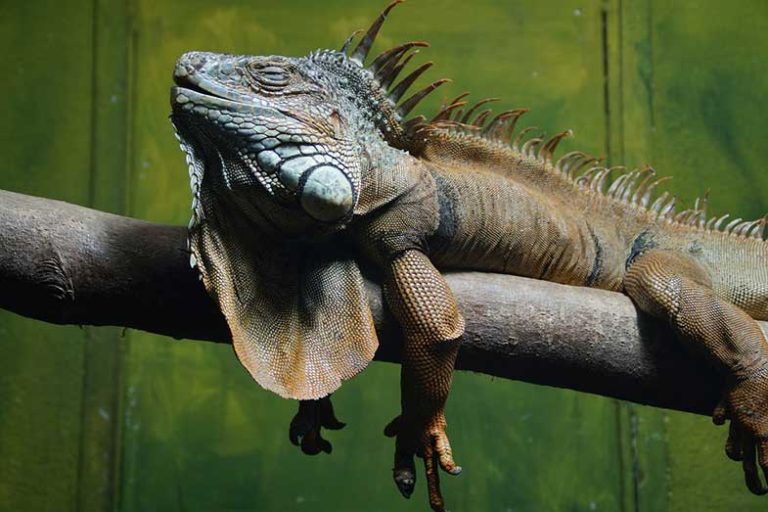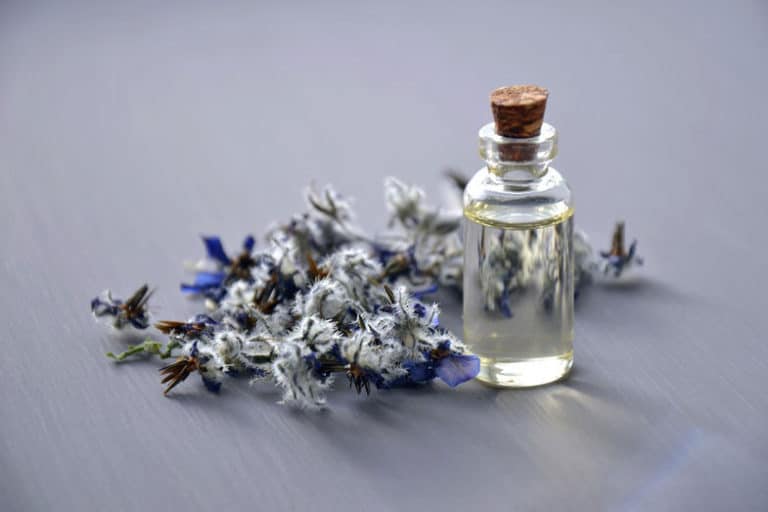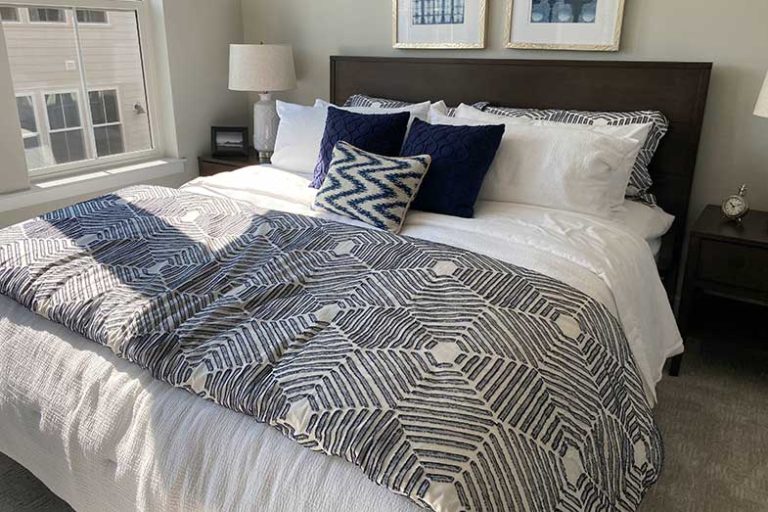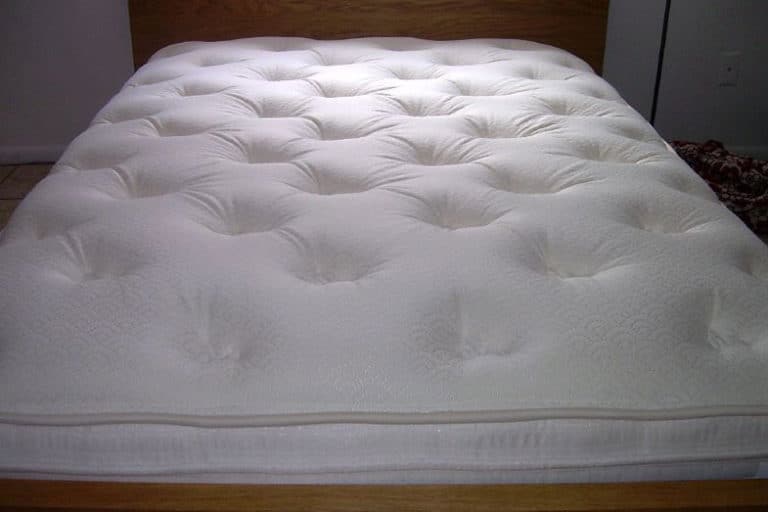How Long Do Bamboo Pillows Last?
Disclosure: We may get commissions for purchases made through links in this post.
Once you’ve experienced the comfort of a bamboo pillow, it’s hard to use anything else. Aside from being soft, gentle, and comfortable, bamboo pillows provide many benefits for those with allergies. If you’re new to them, or you’re looking to upgrade, you should know how long they last. That way, you can prepare ahead.
How long do bamboo pillows last? Bamboo pillows can last about a year and a half before having to be replaced. They have durable fibers with unique benefits, so they generally last longer than regular pillows.
After a year and a half, you may notice that it doesn’t provide the support it once used to. You may have trouble sleeping or wake up with a sore neck. Also, the pillow may show visible signs of wear. Let’s back up and discuss what a bamboo pillow is.
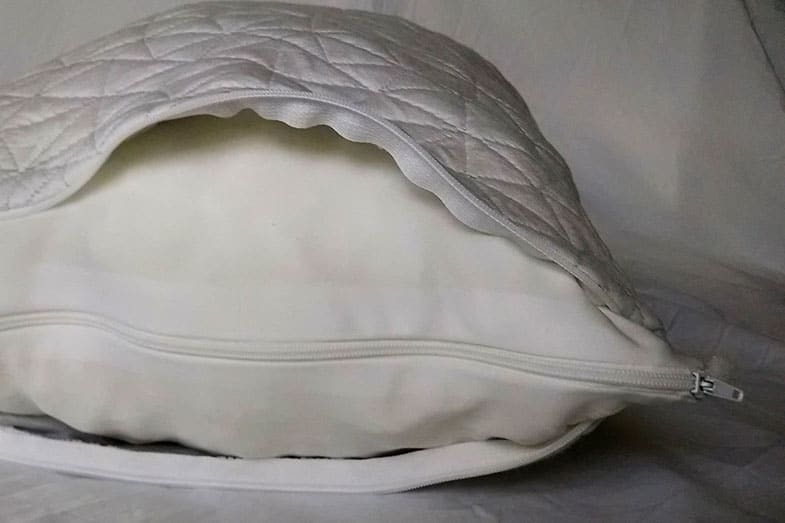
What Is a Bamboo Pillow?
When most people hear bamboo, they think of long, hollow plants. When this plant is processed, it provides many small fibers that are woven together to form the outer pillow cover.
Each pillow usually consists of three elements: the case, the liner, and the filling.
The natural fibers make up the primary material for making the pillowcase. That’s right; the only bamboo-part about bamboo pillows is the pillowcase.
Bamboo is an extremely breathable material, which means that air can easily flow and circulate through it. Many products come from pure bamboo fibers. You’ll also find some that contain a mix of bamboo and other material such as polyester or rayon.
A soft and delicate fabric produces the liner. It’s stretchy and breathable to assist with air circulation.
Memory Foam Filling
And finally, you have the filling. The filling is what gives the entire pillow its shape. It’s also responsible for providing support and comfort. The inside filling consists mostly of memory foam, which is either block or shredded. It can also include microfiber or other materials.
The price range generally depends on the type of filling, firmness, quality, and of course, the brand. If you’re serious about getting good sleep, make sure to choose one that is of excellent quality.
The Pros and Cons of Using a Bamboo Pillow
Of course, it’s not for everyone. There are still some people who gravitate back to their favorite pillow simply because of preference. But those who come to love their bamboo pillows have never turned back. Regardless of whether you like it or not, there are still both good and bad things about the product.
Pros:
- Bamboo fibers are breathable. They maximize the airflow and distribute it evenly. The breathability helps with nighttime sweats.
- Some claim that it helps alleviate snoring, neck and back pain, and other sleeping problems.
- It’s hypoallergenic, resistant to dust mites and bacteria, making it perfect for people with common allergies, lung conditions, and even asthma. Check out this bamboo pillow from Plixio (view on Amazon).
- It stays clean longer than regular pillows, reducing the need to wash and dry than usual.
- Since the bamboo plant very sustainable, it’s an excellent vegan option.
Cons:
- Although they don’t have to be washed as often as regular pillows, it can be a pain when the time comes. They’re very delicate; which means washing and drying them could mean a bit of work.
- Most first-time bamboo pillow users complain about the funny smell as soon as they open it. To avoid this, air it out for a few hours before using it. That should get rid of the smell.
- Not everyone will appreciate its firmness. For some, it might be too firm. Luckily, there are different firmness levels to choose from.
Why Are Bamboo Pillows Better Than Regular Pillows?
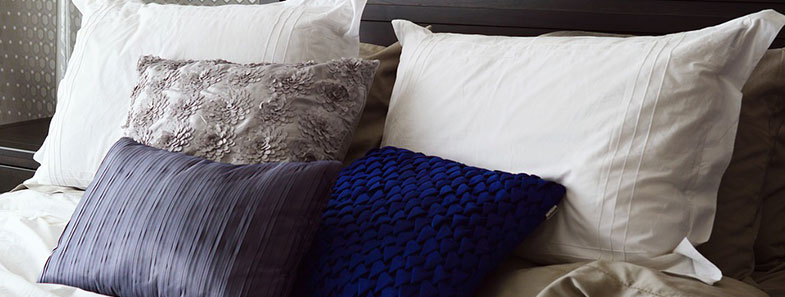
The significant difference between a bamboo pillow and a regular pillow is the presence of bamboo fibers in the material. Based on what you’ve previously read in the pros and cons, the plant provides many benefits and features that are very beneficial for a good sleep.
More Breathable
Not every pillowcase is breathable. Do you recall some nights when you wake up feeling hot, sweaty, and uncomfortable? This is probably because of the material. With a non-breathable pillow, air fails to circulate and provide a comfortable foundation for your head and neck. A bamboo pillow, on the other hand, is breathable and can help improve your sleep. It’s an excellent choice if you sweat at night.
Better Support
Bamboo pillows also contour to your head and neck, providing proper posture. Keeping your neck and spine aligned will significantly lessen neck pain when you wake up. You can also say goodbye to uncomfortable sleeping positions, tossing, and turning, since you’re more likely to fall asleep quicker and more soundly when you’re in the right position.
Adjustable
Not all pillows are adjustable, but most bamboo pillows are. One of the best features about them is that you can easily add or remove the filling, based on your preference. Here’s an excellent bamboo pillow (view on Amazon) by Coop Home Goods.
Washing a Bamboo Pillow
If you’re a first-time user, washing a bamboo pillow may be trickier than you think. The memory foam filling is too sensitive to run in a washing machine cycle. Doing so can crush the pieces and leave a huge mess.
The good news is, however, is that you only need to wash it every three to six months. The process takes time since you have to clean the case and liner separately from the filling.
Steps
- Wash both the cover and liner in the washer. Only use lukewarm water. These are delicate materials that can get ruined if you use hot or cold water. Also, use a very mild or gentle detergent and run it on a gentle cycle. Laundry detergent used for baby’s clothes works as well.
- The next step is to wash the memory foam filling. Here’s when it gets a bit tricky. Using the same kind of detergent, rinse the memory foam filling under a basin of lukewarm water. The water should only be just enough to rinse them but not soak them all the way through. You also do not need to add too much soap into your mixture, or else you’ll have a tedious time rinsing and drying it all out. You can use this all-natural laundry detergent by Puracy (view on Amazon) for both the cover and the foam.
- Rinse out all the extra soap. Carefully rinse out the memory foam pieces until no more soap comes out. Keep rinsing the pieces under new batches of water to make sure that all the suds are gone.
- Air-dry the pillow. Using a pillow drying rack works best. Air-drying is the most vital but carelessly neglected step since leaving even just a tiny bit of water can cause mold and mildew. Allow it dry for a day or two.
Conclusion – How Long Do Bamboo Pillows Last?
To conclude, bamboo pillows can last one and a half years with proper care. They can last longer than that, but this is the recommended period before you may ultimately have to replace it.
After about a year and a half, assess how you sleep. Do you feel well-rested or sore? Do you fall asleep quickly, or does it take you a while? If the answers to these questions are on the negative side, it may be time for a new pillow.
Bamboo pillows can last longer than most pillows. The reason for this is because of the natural plant fibers. Memory foam filling can easily be reused and repurposed for other things.
Is a Bamboo Pillow Worth It?
Some bamboo pillows are considerably pricier than others, and the maintenance is fairly specific. That said, however, the benefits it provides outweighs all of the negative aspects. It really comes down to comfort, support, and better sleep.
The investment is worth it. Sleeping issues are most often the result of an inferior pillow. Matters related to neck pain, back pain, snoring, uncomfortable sleeping positions, restless nights, common allergies, and many more might have been from your pillow all along. It might be time for an upgrade.

